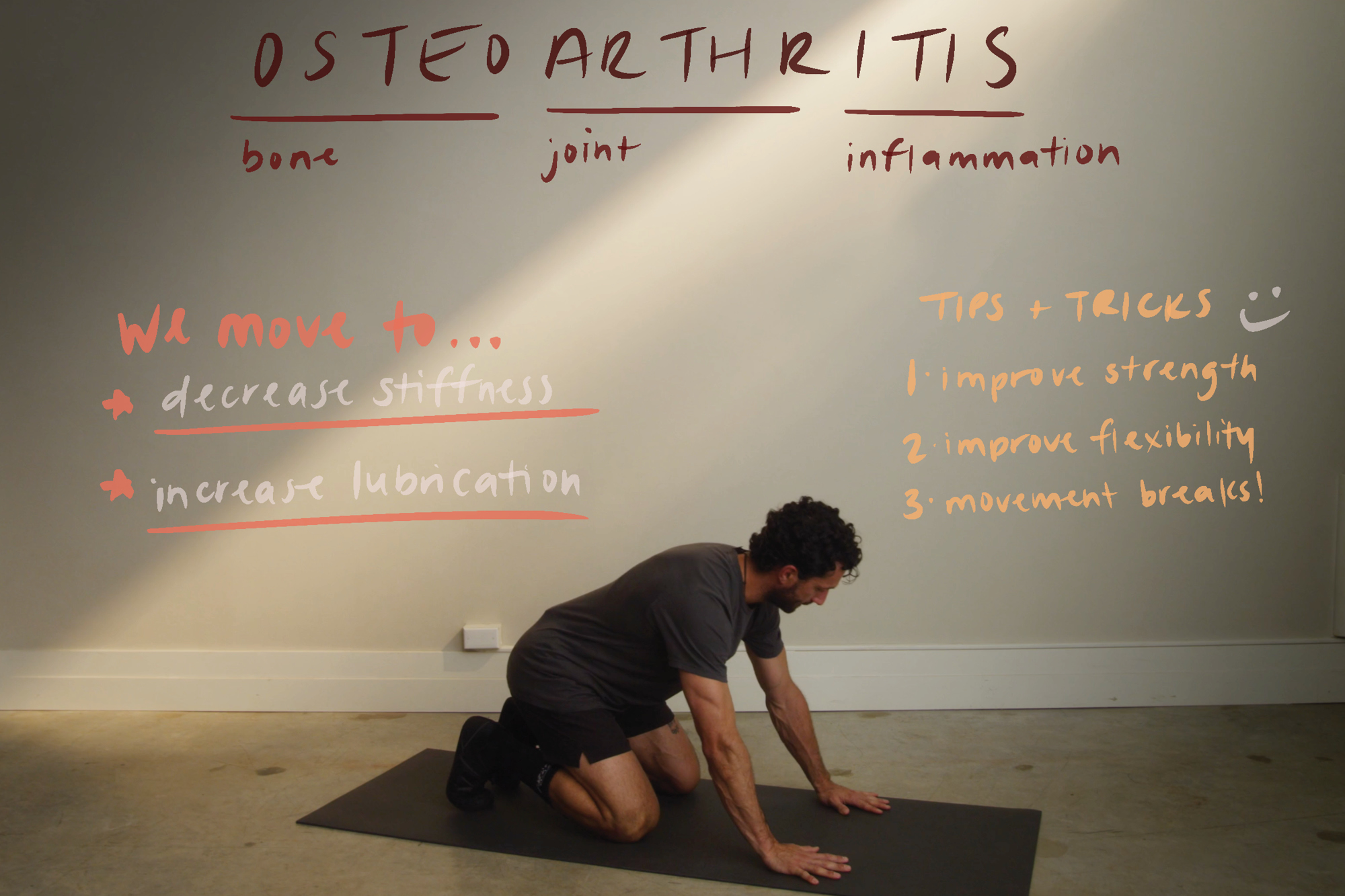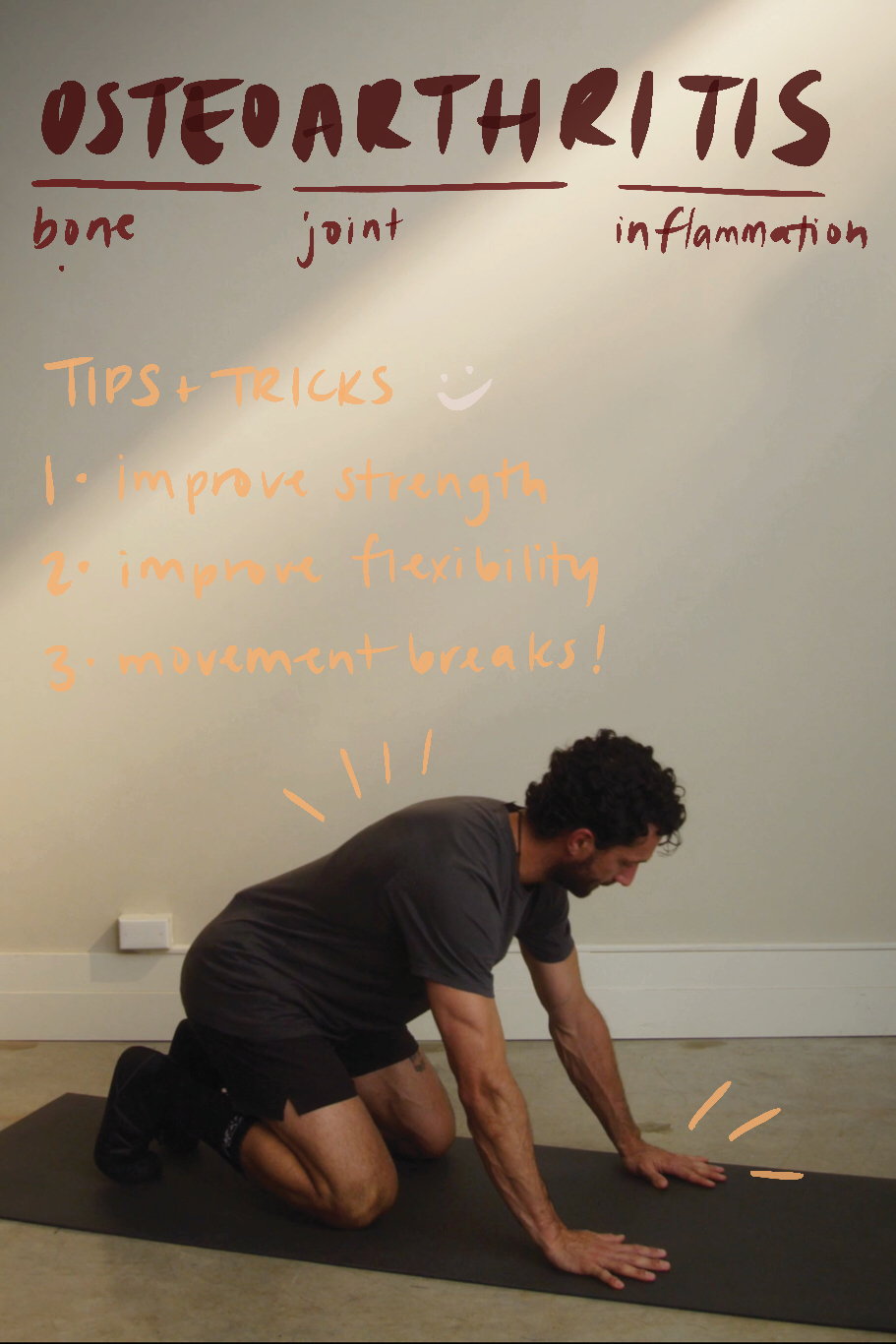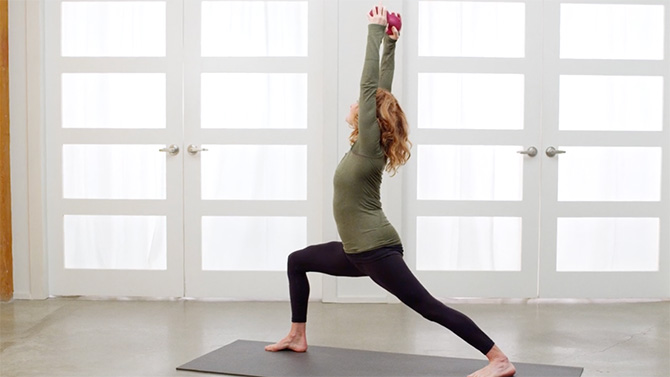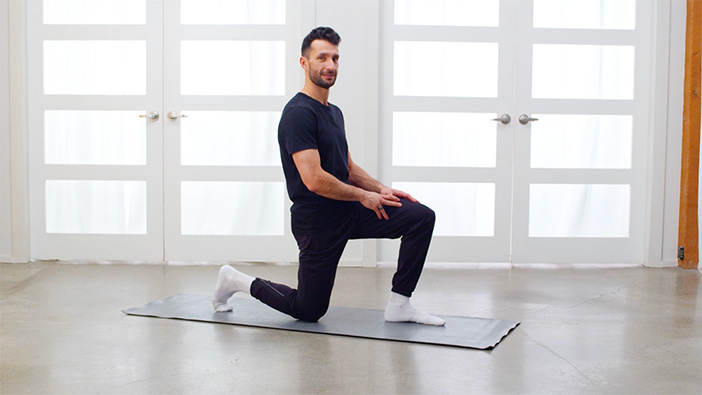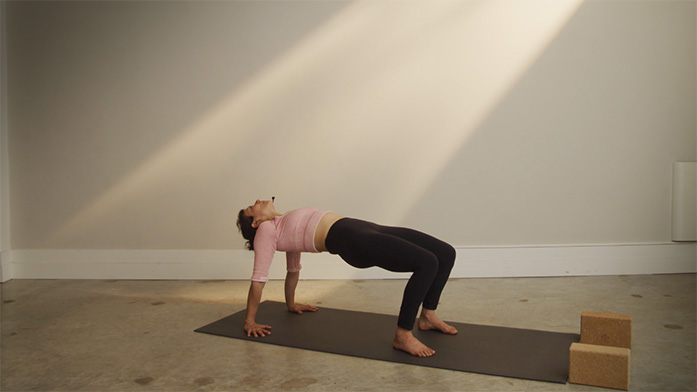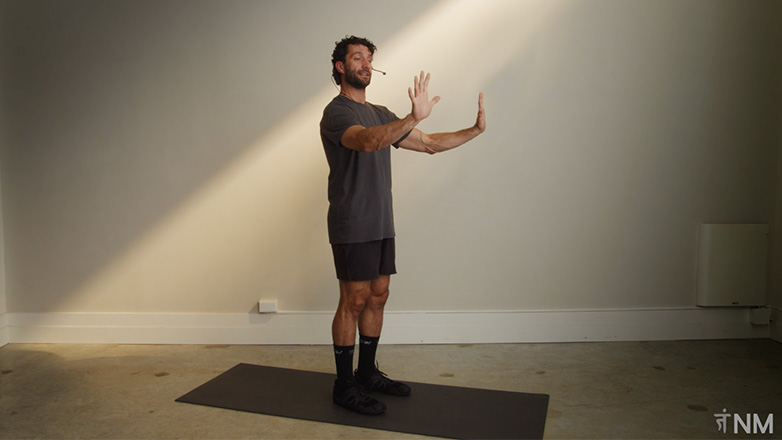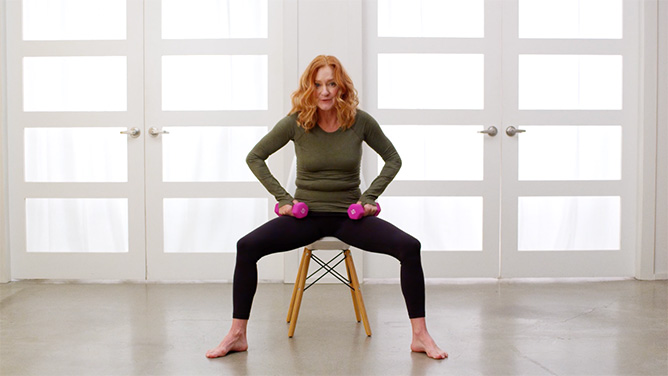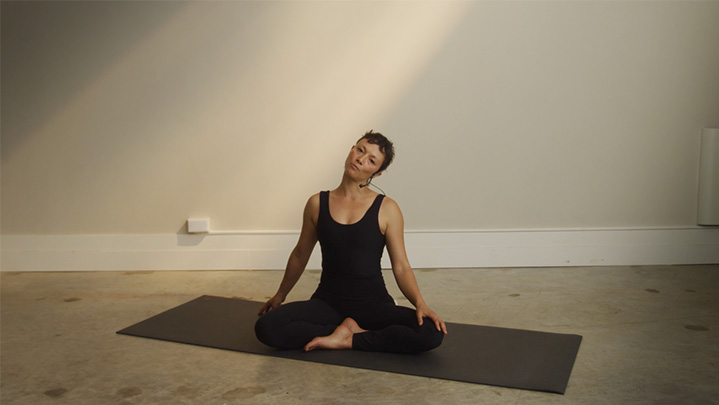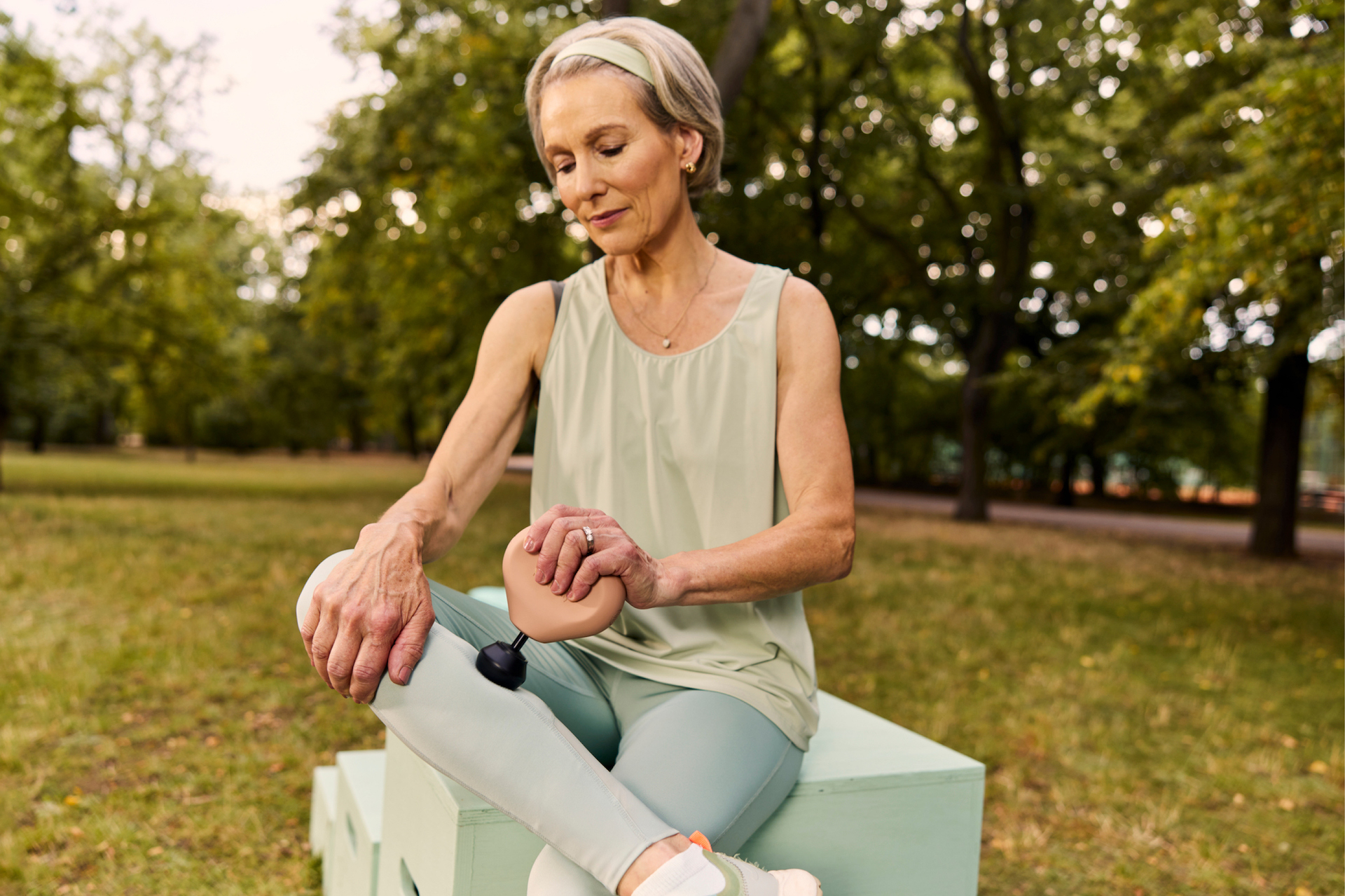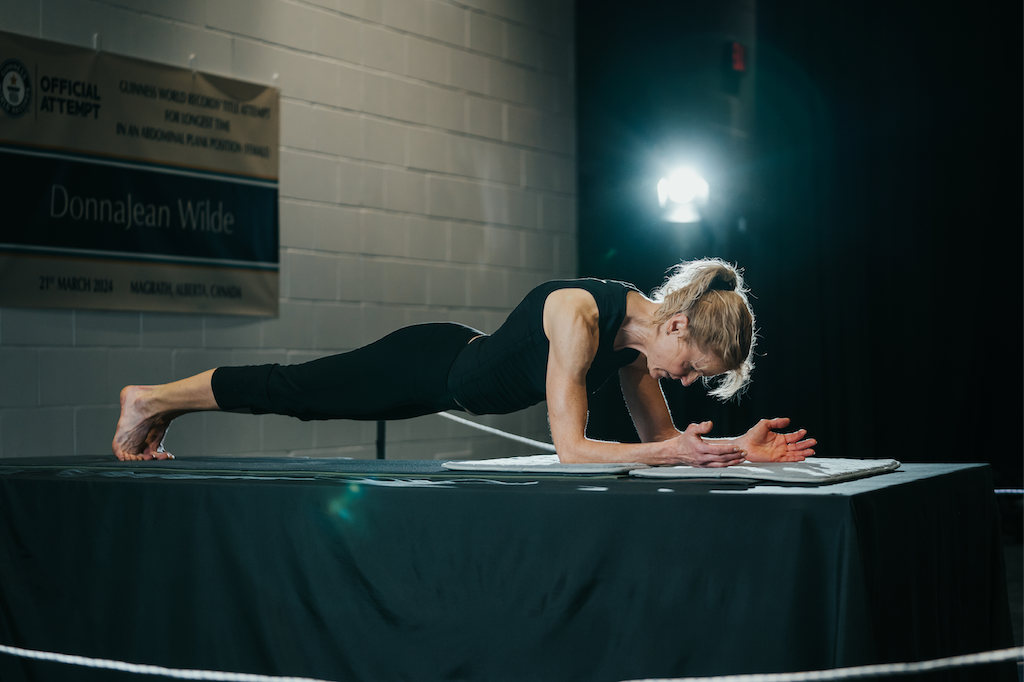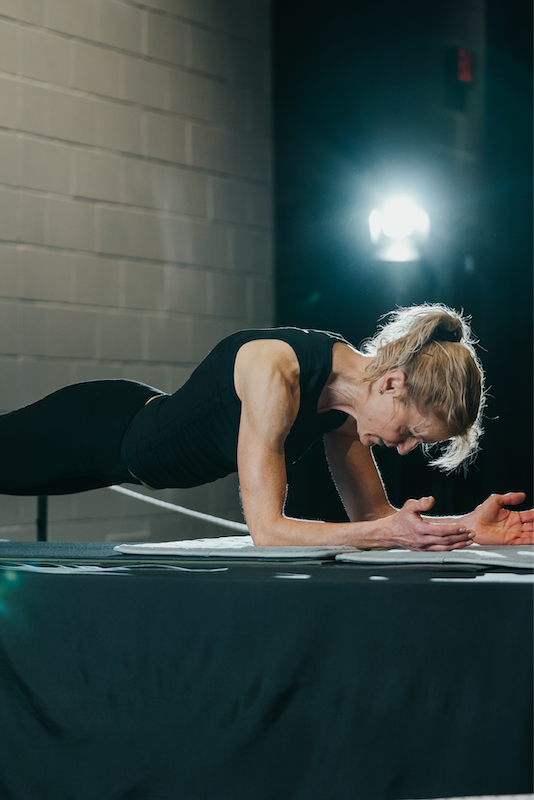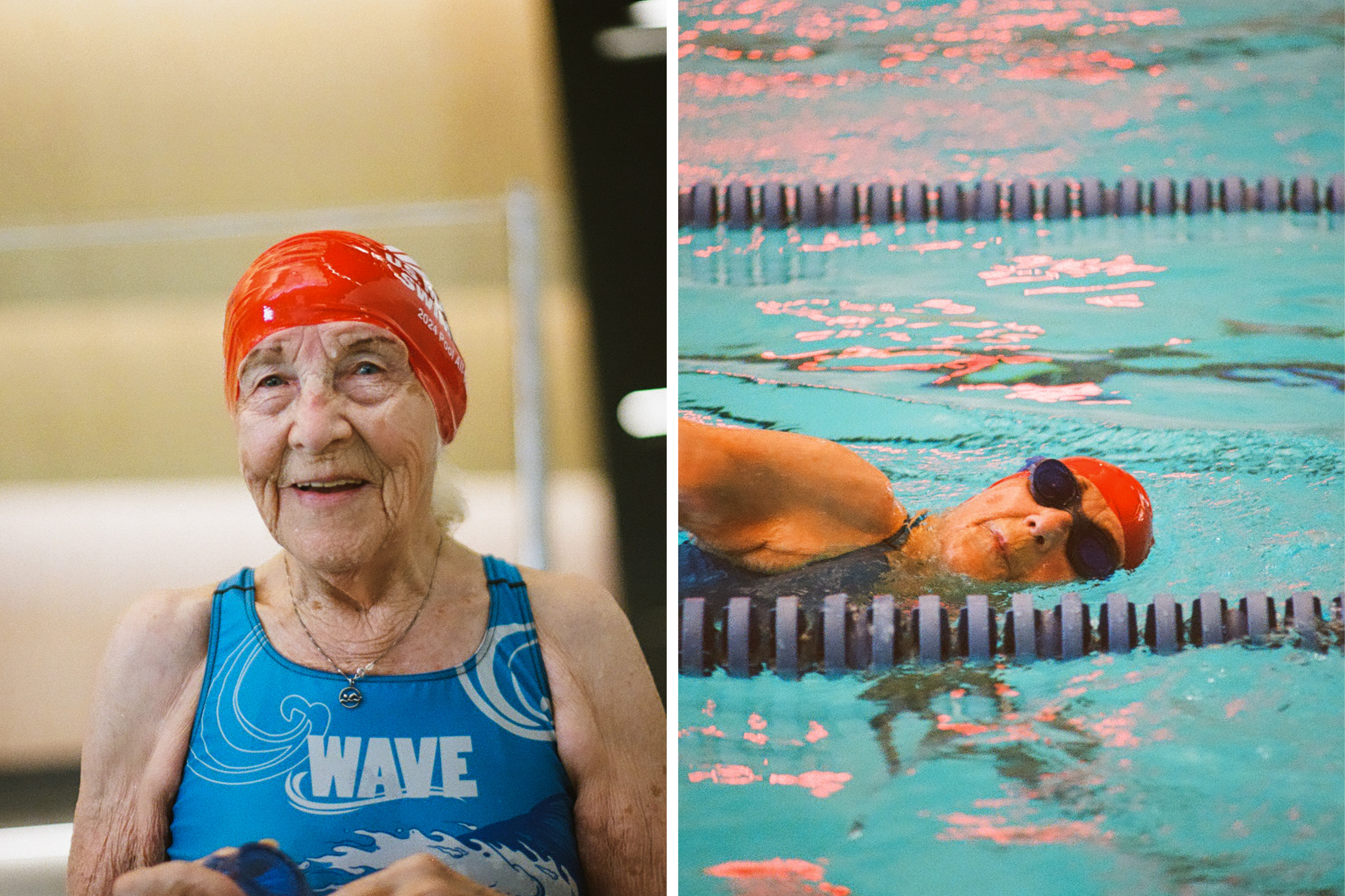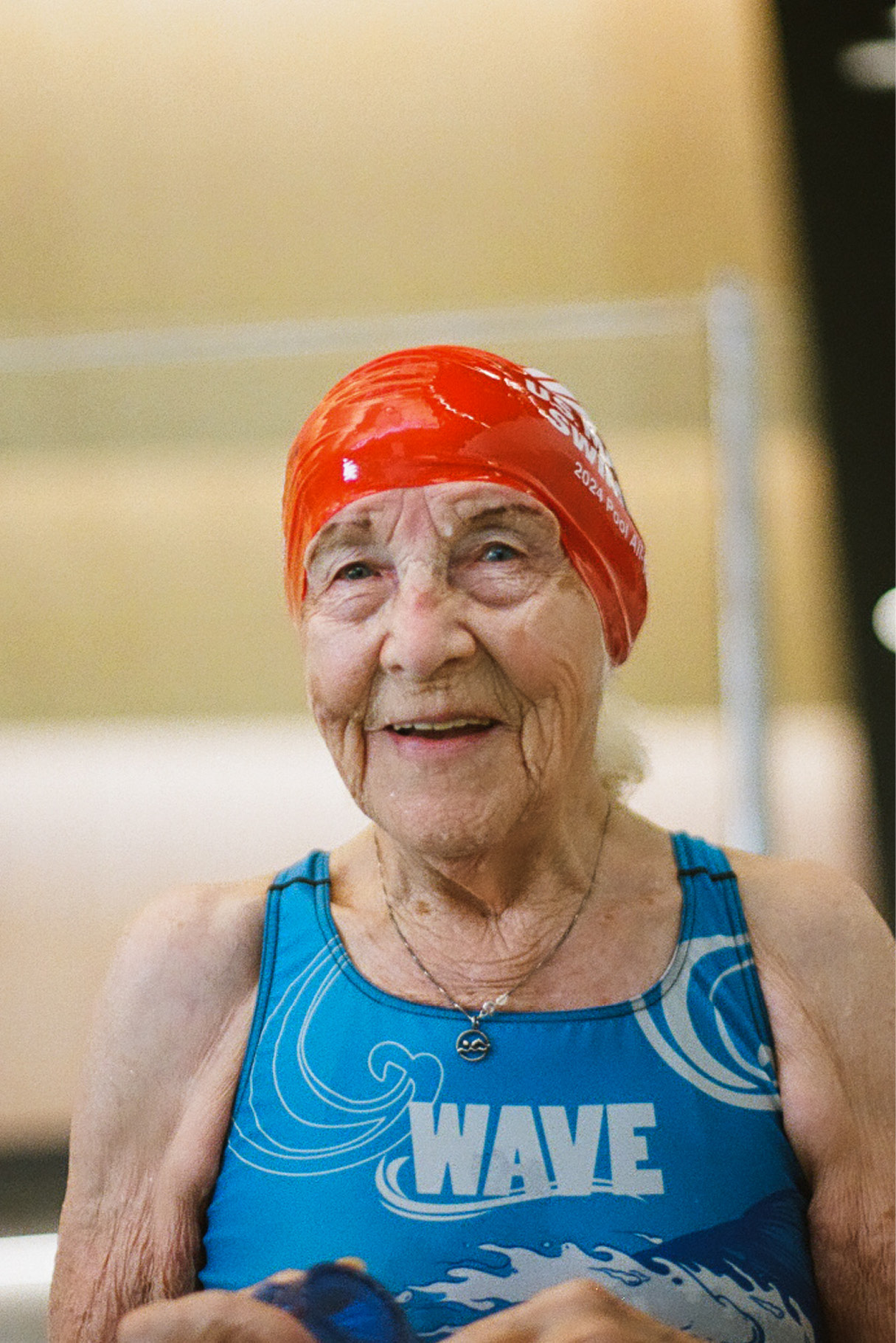Welcome back to Anatomy with Korede! Our last edition talking about the IT Band was a lot of fun but today, we’ll be learning all about Osteoarthritis. So, grab a coffee, and get comfortable as we dive in.
“Osteo” means “bone,” “arth” refers to the word “athron” meaning “joint,” and “itis,” means “inflammation”. So, Osteoarthritis is a condition that involves the inflammation of a bone and joint cartilage. A healthy joint involves two bones that each have a layer of articular cartilage. Your articular cartilage is a type of connective tissue that allows two bones to glide against one another without friction. In Osteoarthritis specifically, the type of joint involved is called a synovial joint. A vital part of those synovial joints is something called synovium. The synovium and the articular cartilage create the inner lining of the joint space. The synovium is key because it creates a synovial fluid which lubricates the two articular surfaces.

Now, what I want you to do is imagine a car engine. A car engine uses oil to function well, so two metals don’t run against each other. Once the oil gets low, or if there’s no more oil, the metals in the engine will start producing a heat reaction when there’s metal on metal, and the engine will stop working the way it’s supposed to. The human body works the same way.
Let’s use a fictional character, for example. Here’s Mary. Mary is a friend of ours. She’s 65 years old and is beginning to feel a subtle pain in her hip and knee joints when she tries putting on her socks and shoes. Mary doesn’t properly rehabilitate her hip and knee joints over a long period of time, and as she continues to put on her shoes with pain and when she tries walking, there begins to be a shearing force on her joints due to joint instability. When this occurs, Mary’s joints can’t move the way they used to and naturally, her body reacts to this limitation in movement by swelling up the joint. Once swollen, little inflammatory substances start to form and over time, they can injure the articular cartilage and the meniscus in her joints.
What’s important to remember in all of this is that Osteoarthritis is extremely common and it can be managed. A great conservative management approach for Osteoarthritis is exercise. This is especially important for large weight-bearing joints like your hips and knees!
Here are a few tips and exercises that you can start using today to keep your joints healthy, filled with synovial fluid, and functioning well to perform your everyday activities:
1. Improve your strength
► Align with Kate | Weighted Yoga Class (23 Mins)
► Middays with Adrian | Strength Reset Class for the Hips & Glutes (5 Mins)
2. Improve your flexibility
► Melty Hips with Lydia | Hip Opening Yoga Class (16 Mins)
► Wrist Checkup with Adrian | Everyday Mobility Class (10 Mins)
3. Decrease early morning joint stiffness from sitting in one position for a while by taking a movement break and stretching.
► Zoom Stretches with Kate Potter | Chair Yoga Class (6 Mins)
► Unstick with Lydia | Gentle Yoga Class (12 Mins)
4. Increase the lubrication in your sticky joints through movement.
Moving through a full range – especially first thing in the morning – will help provide more lubrication to your joints and allow for smoother movements. It’s what your joints need to function well and it’s also good for your mental health, as your mood can be affected if you have long-term pain.
I hope you enjoyed our session today and learned something new!
See you next time,
Korede
